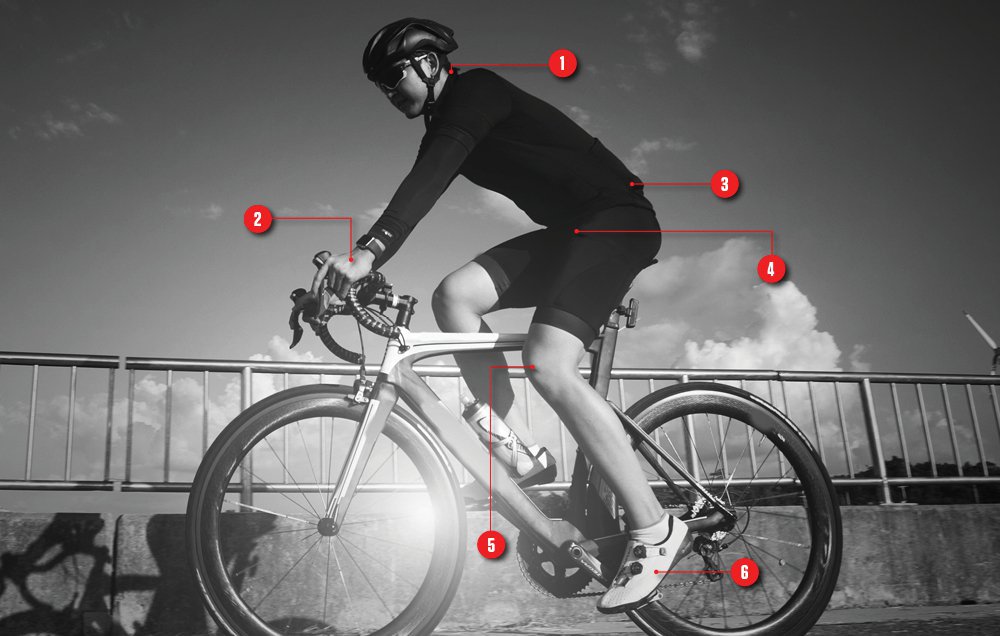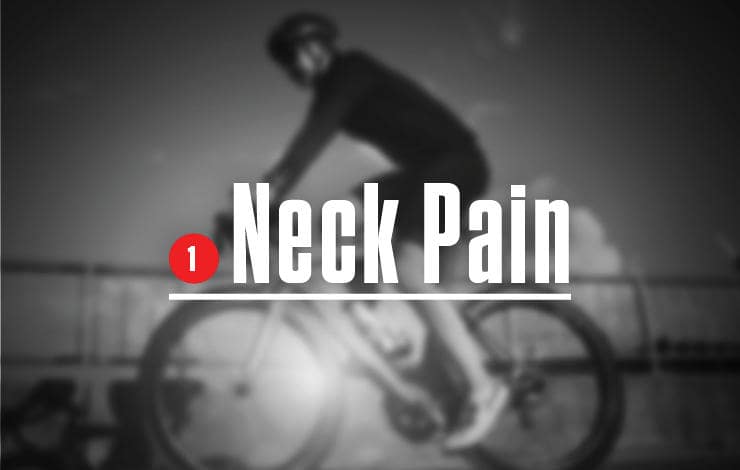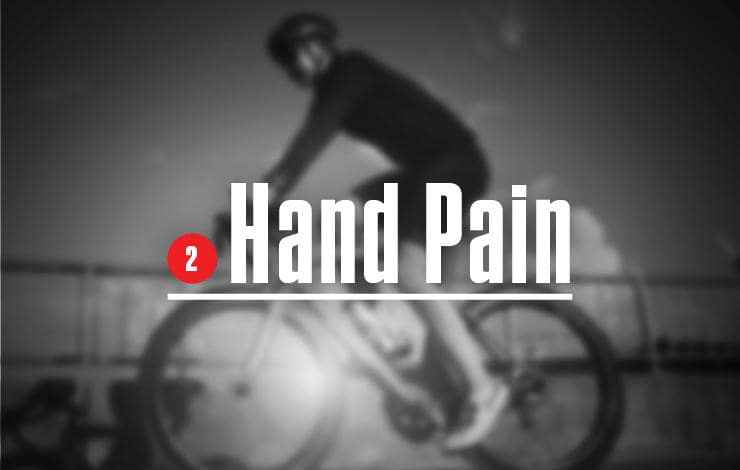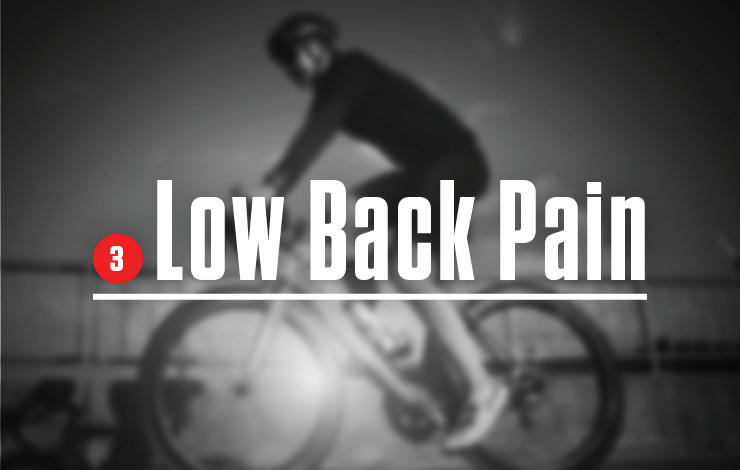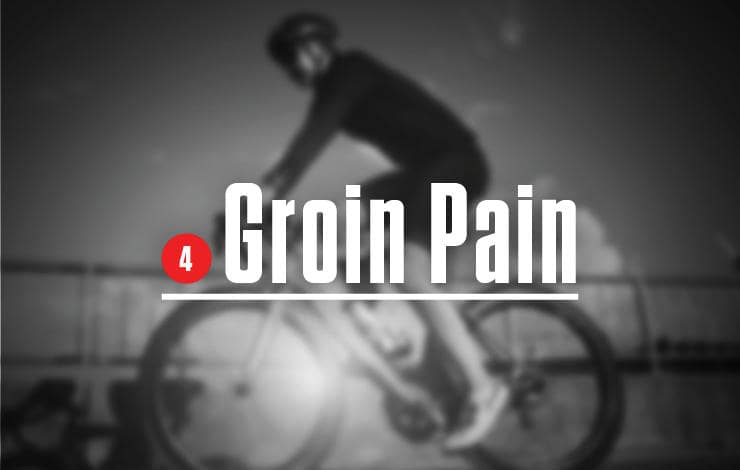Common culprits: Saddle shape and/or saddle position.
Try this: A saddle that doesn’t fit your anatomy will be uncomfortable no matter where you sit on it. So the first check is that your saddle supports your weight on your ischial tuberosities (the hard bones you feel when you sit down) or the pubic rami (the pelvic bones further forward) not your soft tissue. However, even the right saddle will cause pain if you’re in the wrong position, says Schmidt. “The saddle needs to be level. Nose down or nose up can shift weight and cause problems.” A saddle position that is too high will force pressure on the perineal area, as well. Finally, too much reach to the bars can cause you to roll your pelvis forward and place weight on your sensitive tissues. Tighten your cockpit with a shorter and/or more high-rise stem.
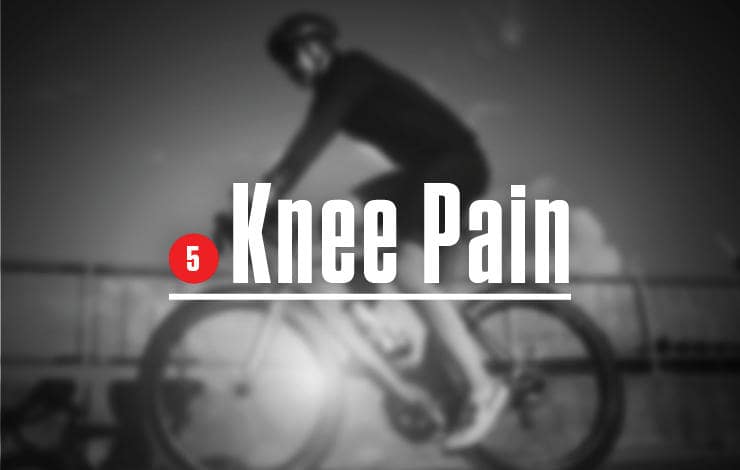
Common culprits: Saddle height and/or cleat position.
Try this: Follow the old adage: If you have pain in the front of your knee, your saddle may be too low. If you have pain in the back of your knee, it may be too high. IT band pain in the knee (stabbing pain in the side of the knee) may also be from a saddle that’s too high. However, a really common and often overlooked source of knee pain is cleat position, says Schmidt.
“Cleats too far forward or too far back can stress the knee joint,” he says. “We try to line up the first big toe knuckle in front of the pedal axel.” Also check that you’re not pedaling toe down, but rather with a proper heel drop, so you use your calves as stabilisers and generate more power from your glutes and hamstrings, all of which remove stress from your knees.
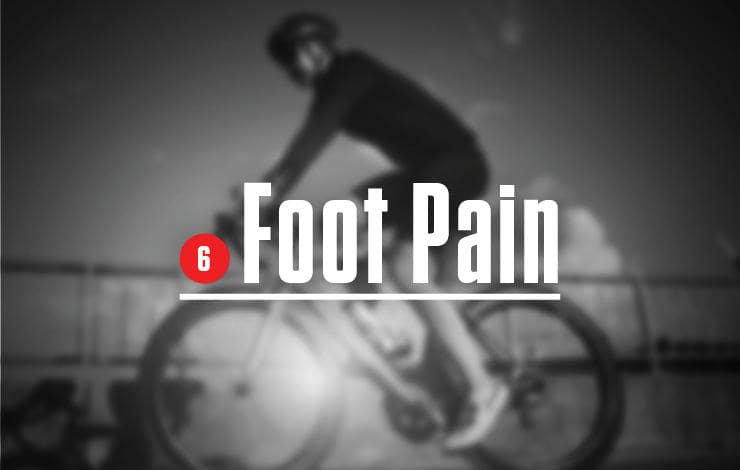
Common culprits: Cleat position and/or shoe fit.
Try this: Check your cleats. If they’re too far forward, you’re pedaling too much with your toes, says Schmidt. “The toe joint flexor muscles are not meant to generate force and that can lead to cramping,” says Schmidt. Then check your shoe fit. Cycling shoes should be snug, but many riders go overboard here. “Pull the insole out of your shoe and stand on it. If your foot is spilling out all over the place, your shoes are too small and you’ll end up with compression, tingling and numbness,” he says. Also adjust shoe closure so it is slightly snug, but not tight over the top of your foot. If your feet still hurt, you may need custom foot beds or orthotics.


